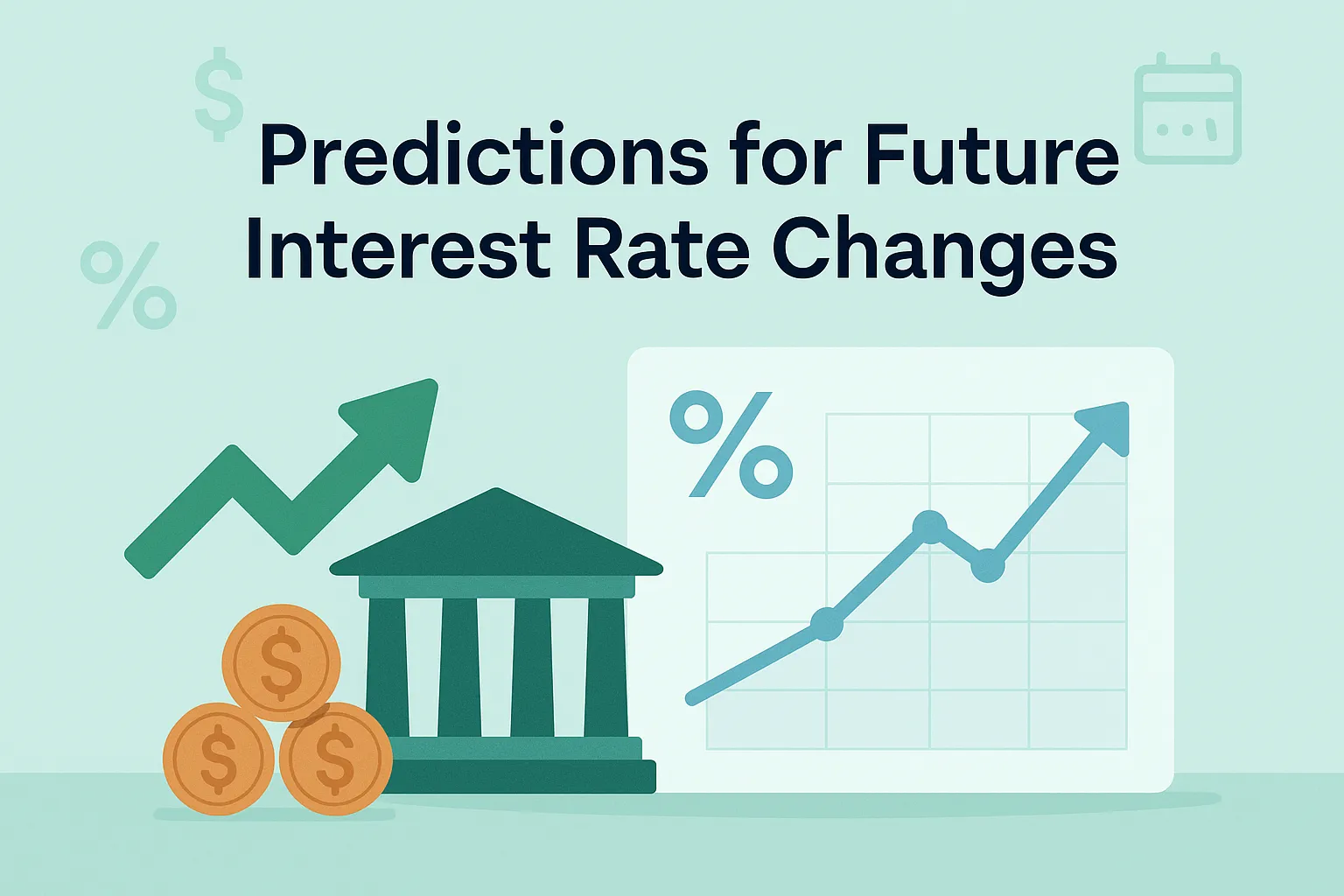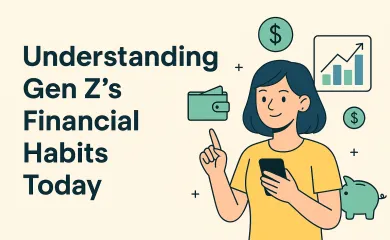Predictions for Future Interest Rate Changes

Interest rates shape everything from your credit card payments to the housing market. As the U.S. economy evolves, so does the Federal Reserve’s interest rate policy—and those changes ripple through your wallet. In this article, we explore expert predictions for future interest rate changes, what drives those decisions, and how you can prepare for what’s coming.
Where We Are Now: The 2024–2025 Interest Rate Context
Following a series of aggressive rate hikes between 2022 and 2023 to combat inflation, the Federal Reserve entered 2024 with a more cautious stance. As of mid-2025:
The federal funds rate remains between 5.25%–5.5%
Inflation has slowed but is still slightly above the Fed's 2% target
Consumer spending is softening, and mortgage activity has cooled
This backdrop is setting the stage for the next phase of interest rate decisions.
What Drives Interest Rate Decisions?
The Federal Reserve adjusts interest rates primarily to:
Control inflation
Support economic growth
Stabilize employment
Key indicators include:
Consumer Price Index (CPI)
Unemployment rate
GDP growth
Global economic risks
Understanding these factors helps make sense of the Fed’s next move.
Expert Predictions for Interest Rates (Late 2025–2026)
While no one can predict the future with certainty, several financial analysts and economists offer educated forecasts based on current economic data:
Goldman Sachs & Morgan Stanley Forecasts:
Expect one or two rate cuts by late 2025 if inflation continues to trend downward.
The Fed may begin gradual easing, bringing rates to 4.75%–5.0% by early 2026.
Bloomberg Survey of Economists:
Over 60% believe the Fed will start lowering rates cautiously in Q4 2025.
However, if inflation spikes again, rate hikes are back on the table.
Federal Reserve’s “Dot Plot” (FOMC Projections):
Median forecast suggests rates will fall slightly in 2026, but the Fed is in no rush to return to pre-2022 levels (~0%–2%).
How Future Interest Rate Changes Will Affect You
1. Mortgage Rates
Lower Fed rates could ease 30-year mortgage rates, potentially dropping them from 7% to mid-6% range.
Homebuyers may get a window of opportunity—especially if rates dip before housing prices rise again.
2. Savings Accounts and CDs
High-yield savings and CDs may offer declining returns as rates drop.
Lock in current rates if you’re using CDs for short-term savings.
3. Credit Card APRs
If rates drop, credit card interest may slightly decrease, but not dramatically. Paying off high-interest debt now is still wise.
4. Investments
Lower rates can boost stock markets (especially growth stocks).
Bond values may rise, but yields on new bonds will decrease.
Should You Change Your Financial Strategy Now?
If you have debt:
Lock in fixed-rate loans now, especially if you anticipate rising rates again.
If you're saving:
Consider laddered CDs or money market accounts that still offer high rates before cuts begin.
If you're investing:
Stay diversified. Rate cuts tend to benefit stocks, but volatile markets mean risk tolerance matters more than ever.
Future interest rate changes are inevitable—but unpredictable in timing. By understanding the key trends and expert predictions, you can position yourself to protect your finances and take advantage of opportunities when they arise.

